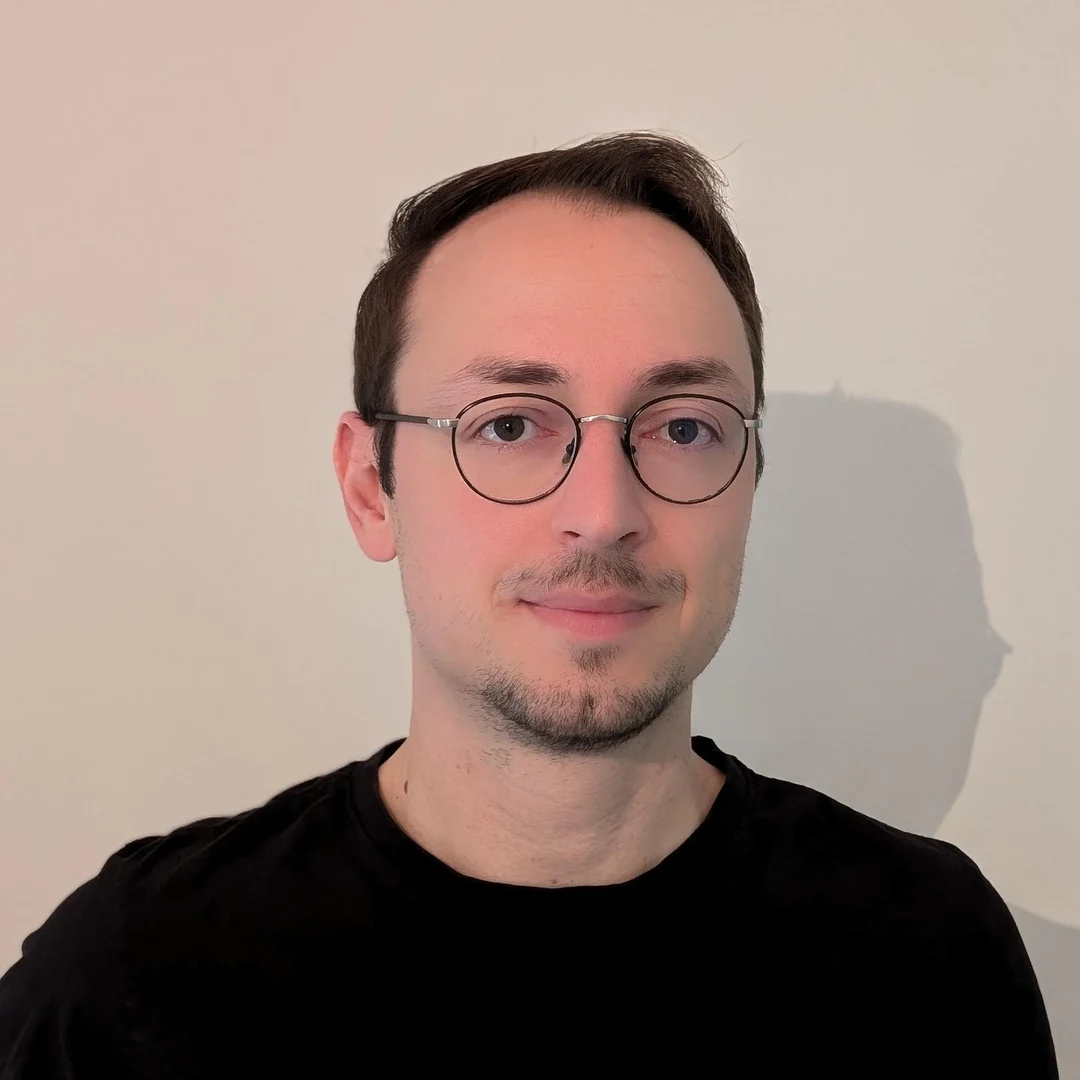

The group is involved in the study of the properties of heavy beauty quarks. Beauty quarks provide a unique telescope into the early universe: through their diverse decays, they enable the measurement of many fundamental parameters of the Standard Model of particle physics and the search for new physical phenomena. The research group is one of the world's leading facilities for the experimental and phenomenological study of the semileptonic and leptonic decays of beauty hadrons. We carry out this branch of research with the Japanese Belle and Belle II experiments. In addition, we search for weakly interacting particles (FIPs) with the FASER experiment at CERN.

Investigation of the interactions between the heaviest known elementary particles: the top quark and the Higgs, Z and W bosons to test the Standard Model of particle physics and to explore physics beyond the Standard Model. Measurements are made with proton-proton collisions in the Large Hadron Collider at CERN in Geneva. Data are collected using the ATLAS experiment. Machine learning is an integral part of most analyses, and new machine learning methods are being investigated.



Research topics:
- Physics of the very early universe:
inflation, baryogenesis - Physics of dark matter:
models, formation, detection - Tests of extensions of the Standard Model:
signals at accelerators, CP violation

Currently I am mainly interested in searches for new physics at the LHC,in particular also supersymmetry. The involves among other things using the program CheckMATE which enables to compare many models to LHC data quickly and with high precision. I am furthermore interested in axion and axino models.



I am interested in string theory. String theory is a candidate for all known interactions. In a certain limit it should reproduce known theories of particle physics. I have worked with this aspect in the past, focusing on overlapping brane models and heterotic orbifolds. Although unification with gravity is straightforward, it is complicated to really learn anything about quantum gravity from string theory. Perturbation-free string theory has not been formulated for general curved spacetimes, for which one would expect quantum gravity to be important. Dualities between strongly and weakly coupled strings help. In 1997, inspired by such dualities, Maldacena proposed the AdS/CFT correspondence. This allows quantum gravity on AdS spaces to be replaced by a conformal field theory at their edge. Currently, I am interested in exploring quantum gravity using the AdS/CFT duality.



This group works in the field of experimental hadron physics. We focus on meson-photoproduction at the BGOOD and INSIGHT experiments. Photons impinge on targets of either liquid deuterium or liquid hydrogen and the resulting excited states are investigated via the identification of their decays. The research group is especially interested in exotic baryons (of more than three valence quarks) in the light quark sector that may have an equivalence to the pentaquark states in the charm quark sector.


The Experimental Quantum Physics group is engaged in the study of quantum phenomena and the development of quantum technologies. For this purpose, ultracold atoms at temperatures of a few billionths of a degree above absolute zero are used to simulate strongly correlated states of matter from solid state physics. Furthermore, the group investigates entangled states of light and matter in optical microresonators.

The research of the group is in the field of theoretical quantum physics. We are interested in complex phenomena that arise from the interaction of many particles. Experimental realizations of such complex quantum systems include ultracold atomic gases, hybrid atom-light systems, and quantum materials. Our research tries to overcome the challenges of the theoretical description of such quantum many-particle systems, their fascinating quantum phases and their collective phenomena by numerical and analytical methods.




The research of our group focuses on non-perturbative aspects of quantum field theory and on the mathematical structures that underlie them. A major area of our interest is the physics of extended objects in quantum field theory, which we study by exploiting the interplay between geometry, representation theory, and modularity within a string theoretic framework.

Our research is concerned with quantum field theory as the framework underlying elementary particles. One aim of our work is to learn from so-called integrable models which are often completely solvable. A connection between four-dimensional quantum field theory and integrability is established by the holographic gauge-gravity correspondence, which describes the duality of string theory on a particular background geometry and a quantum field theory on its boundary. In particular, we are interested in understanding the resulting symmetries and geometric insights for scattering amplitudes and Feynman integrals that translate to a more generic context.

The interactions of many quantum particles can lead to a fascinating array of phenomena ranging from magnetism to superconductivity to non-equilibrium states such as time crystals. Our research focuses on developing computational approaches to quantum many-particle systems, in particular quantum Monte Carlo, tensor networks, and exact diagonalization techniques, to gain a deeper understanding of their rich physics. In addition, we are exploring the use of quantum computers to make advances in this field.



Our group explores the physics of B mesons — particles that offer a unique window into the fundamental forces of nature. By studying their hadronic and semileptonic decays, we aim to answer three key questions:
- What is the true value of the CKM matrix element Vcb?
- Are interactions with the three lepton generations truly universal, as predicted by the Standard Model?
- And how does the strong force (QCD) shape these precise measurements?
To tackle these questions, we work with the Belle and Belle II experiments in Japan, which produce enormous numbers of B mesons in an exceptionally clean experimental environment. Together, these studies bring us closer to understanding the fundamental symmetries of the universe.


Precision measurements in the electroweak sector, in particular of the W boson mass and its interpretation, search for axion-like particles and gravitational waves, tau neutrino detector development, fundamental QCD and topological effects

